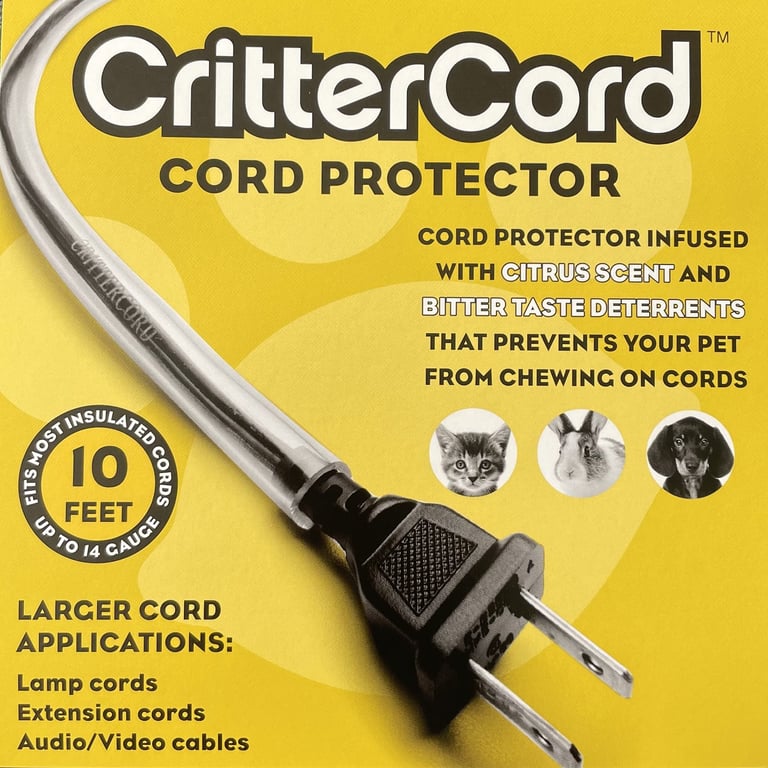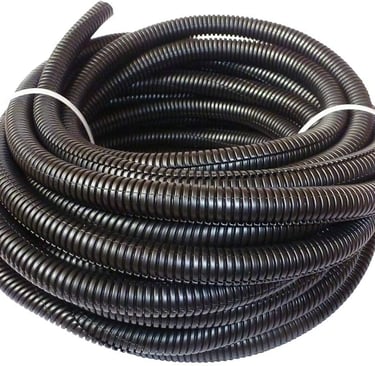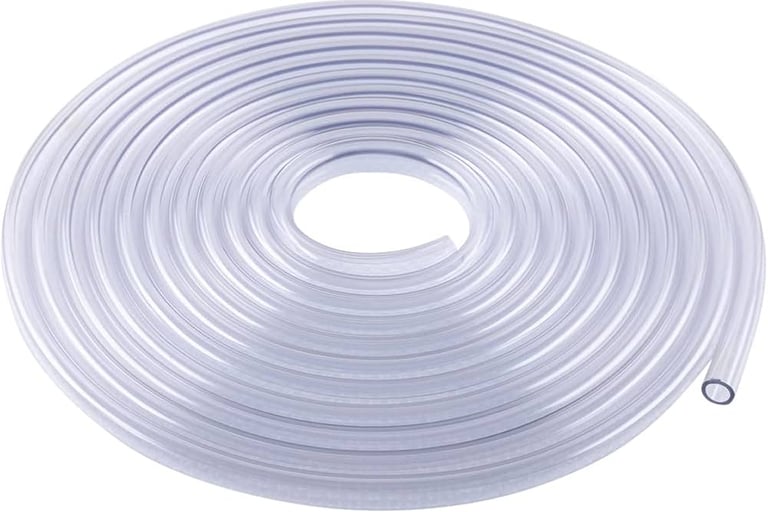How to Protect Your Pets: Outdoor Power Cord Safety Tips
Ensure your pets enjoy worry-free playtime with practical tips for safe outdoor cord management. Discover essential pet safety tips to minimize risks from power cords and keep your furry friends safe!
TIPS
Frank Adminei
11/9/20242 min read


Understanding the Risks
Cords can pose various risks to pets, ranging from electrical shocks to strangulation. Chewing on electrical cords can lead to serious injuries or even fatal outcomes. Additionally, exposed cords can cause trips and falls, which can be dangerous for both pets and humans. Identifying and addressing these hazards is the first step toward creating a safe outdoor environment.
Selecting the Right Cords
Not all cords are created equal. When choosing cords for outdoor use, opt for ones that are specifically designed to withstand the elements. Weather-resistant and durable cords are less likely to degrade and pose a hazard. Look for cords that are labeled as pet-safe or chew-resistant. These types of cords are often reinforced with protective layers that deter chewing and withstand rough outdoor conditions.
Proper Installation and Placement
Proper installation is key to minimizing risks. Keep cords elevated and out of reach of your pets whenever possible. Use hooks, cable clips, or conduit to secure cords along walls, fences, or beams. Ensure that cords are not draped loosely across walkways or areas where your pets play. If you need to run cords across open spaces, bury them underground or use cord covers to prevent access.
Using Cord Protectors
Cord protectors are a great investment for safeguarding your outdoor cords. These protective covers add an extra layer of defense against chewing and environmental damage. Spiral wraps, corrugated tubing, and PVC pipes are all effective options. Simply encase the cords within these protectors to keep them secure and out of harm's way.
Regular Inspections and Maintenance
Regularly inspecting your outdoor cords is essential for maintaining a safe environment. Check for signs of wear and tear, such as fraying, cracks, or exposed wires. Replace damaged cords immediately to prevent accidents. Additionally, clean the cords periodically to remove any dirt or debris that could compromise their integrity.
Training Your Pets
Training your pets to stay away from cords is a proactive measure that can significantly reduce risks. Use positive reinforcement techniques to teach your pets to avoid chewing on cords. Provide them with appropriate chew toys and distractions to satisfy their chewing instincts. If necessary, use deterrent sprays on cords to discourage chewing behavior.
Creating Pet-Safe Zones
Designating specific areas in your yard as pet-safe zones can help minimize interactions with cords. Use barriers, such as fences or playpens, to create boundaries. This allows your pets to enjoy the outdoors safely while keeping them away from potential hazards. Within these zones, ensure that all cords are securely managed and out of reach.
Emergency Preparedness
Despite all precautions, accidents can still happen. Being prepared for emergencies is crucial. Keep a first aid kit on hand and know the signs of electrical shock in pets, such as burns, seizures, or difficulty breathing. If you suspect your pet has been electrocuted, seek veterinary care immediately.
Conclusion
Managing outdoor cords in a pet-safe manner requires a combination of careful planning, proper installation, and regular maintenance. By taking these steps, you can create a safe and enjoyable outdoor environment for your furry friends. Remember, their safety is in your hands, and a little effort goes a long way in preventing accidents. Happy outdoor adventures with your beloved pets




